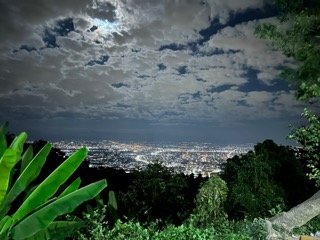-
Posts
6,298 -
Joined
-
Last visited
Content Type
Events
Forums
Downloads
Quizzes
Gallery
Blogs
Everything posted by novacova
-
Nelson
-
I used to live in rongkong khao and walk two or three times a week to kad paphai in sk, plenty of friendly people to meet there and along the way. You otta get out more and get to know your surroundings if you haven’t already.
-
Don’t need a club to meet people, meet them on the fly while out and about like a normal person.
-
Why not just go and report back and let us know. Don’t need to attend a social club to make friends. Unless of course one has an antisocial disposition towards certain nationals, then of course one can start their own special club.
-
Well youngster, from your post it appears that you have been bruised up by the experience of the wise and are here expressing your insecurities by making issue of it.
- 56 replies
-
- 22
-

-

-

-

-

-

-

Report Thailand Intensifies Crackdown on Scammers and Online Crime
novacova replied to snoop1130's topic in Thailand News
A lot of these online scammers are based in Hong Kong and mainland China -

Crime Taiwanese Man Arrested in Pattaya Drug Frenzy
novacova replied to webfact's topic in Pattaya News
…and brain damage ensued. …of implementing mayhem. …in hopes of acquiring a projectile discharger. -
?
-

Donald J. Trump owns the USA - Iran war 100 percent
novacova replied to Jingthing's topic in Political Soapbox
Iran has been at war with the US for years killing countless Americans, or did you miss that part somewhere along the line? -
100 meters isn’t far for toxic smoke to travel. A strange defensive and poor erroneous assumption.
-
Whale
-
What about the environmental impact on your neighbors? Burning plastic bags is toxic, the smoke can be smelled from a long distance. May I remind you dear friend, this thread is in The Wellness Zone forum to inspire healthiness, yet you’re advocating for a unhealthy toxic practice.
-
This garbage is banned from our house and food.


